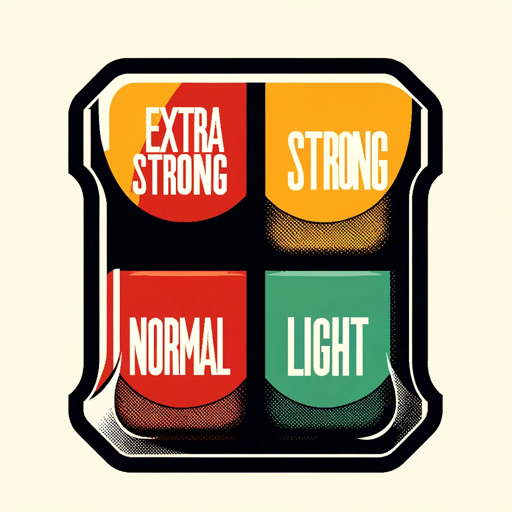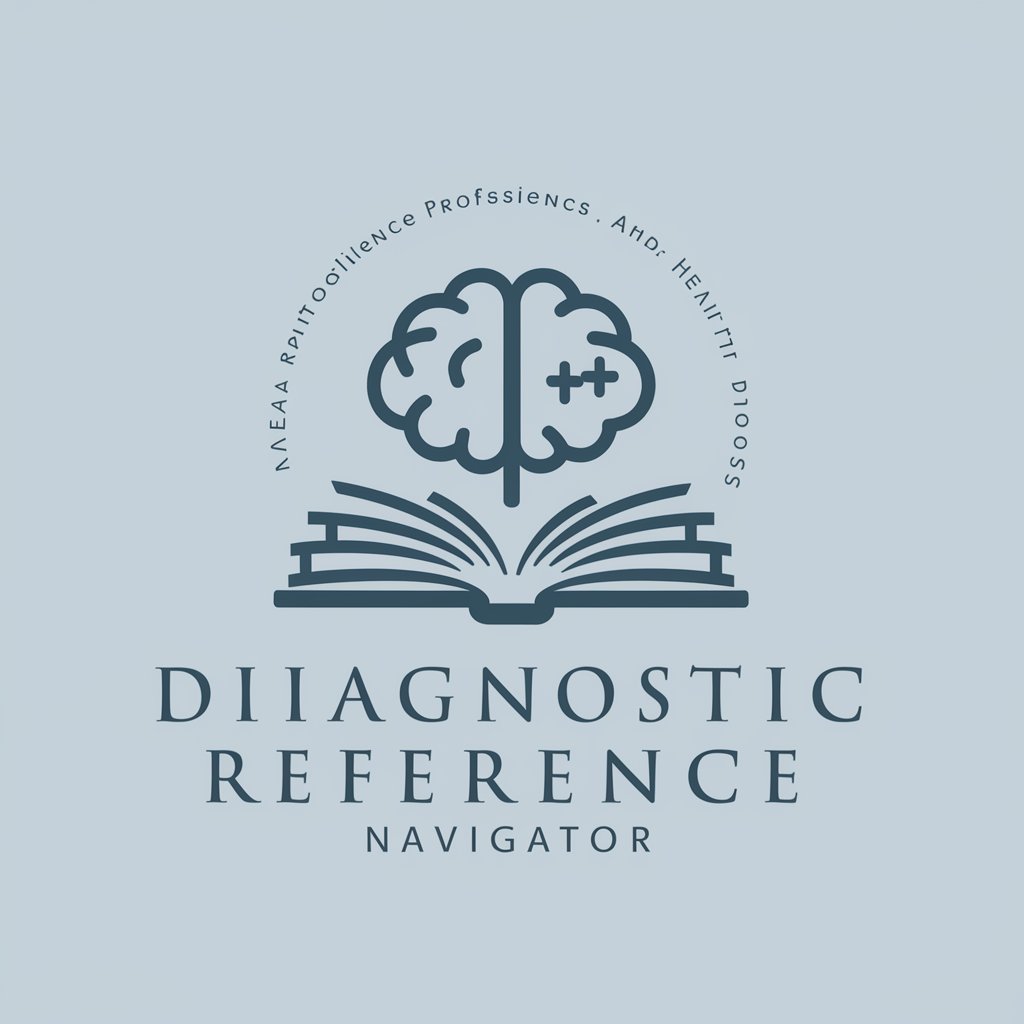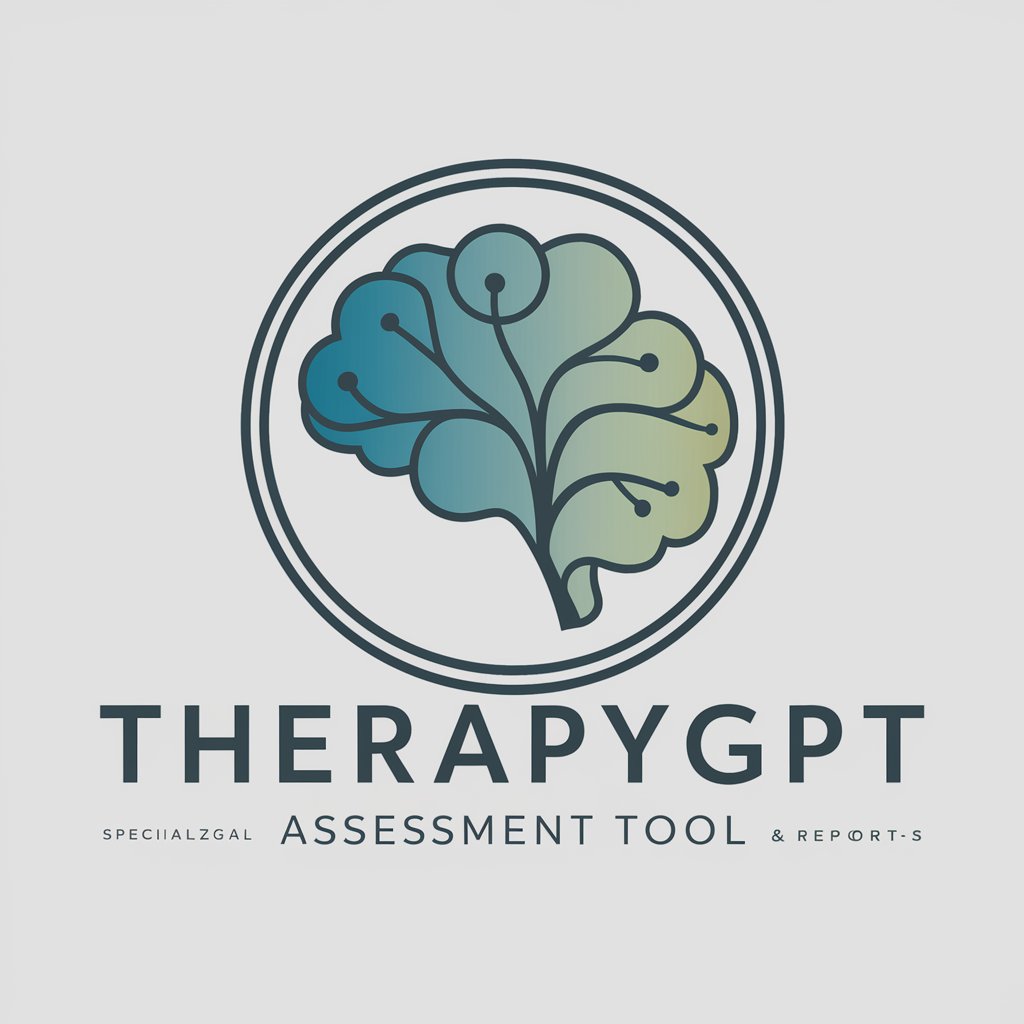
Depression Assessment Guide - Depression Severity Assessment

Hello, I'm here to assist you with the BDI-II assessment for depression.
AI-powered depression severity self-assessment
Start assessment
I am ready to answer 21 questions for my report
Hi my name is ...
Get Embed Code
Depression Assessment Guide Overview
Depression Assessment Guide is a specialized tool designed to administer the Beck Depression Inventory-II (BDI-II), a widely recognized questionnaire used to evaluate the severity of depression in individuals. This tool is structured to interact with users through a series of 21 questions that cover different aspects of depression such as mood, pessimism, sense of failure, self-dissatisfaction, guilt, punishment feelings, self-dislike, self-accusation, suicidal thoughts or wishes, crying, irritability, social withdrawal, indecisiveness, body image change, work difficulty, insomnia, fatigue, appetite loss, weight loss, somatic preoccupation, and loss of libido. Each question has a set of four statements that range in severity from 0 to 3, allowing individuals to select the statement that best describes their feelings over the past two weeks. The design purpose of Depression Assessment Guide is to provide a user-friendly, engaging, and personalized way to complete the BDI-II assessment, enhancing the traditional pen-and-paper approach with interactive dialogue. For example, a user named Alex would be addressed by name throughout the assessment, making the experience more personal and potentially reducing the discomfort associated with discussing sensitive topics. Powered by ChatGPT-4o。

Core Functions of Depression Assessment Guide
Personalized Interaction
Example
Asking for and using the user's name throughout the assessment to create a tailored experience.
Scenario
When Alex starts the assessment, the guide begins by asking, 'May I have your name?' After Alex responds, the guide uses this information to say, 'Thank you, Alex. Let's start with the first question.' This approach helps in building a rapport and making users feel more comfortable during the assessment.
Administering BDI-II Questions
Example
Presenting the 21 BDI-II questions with options ranging from 0 to 3, allowing users to respond based on how they have been feeling.
Scenario
Alex is presented with a question on mood, with options from 0 ('I do not feel sad') to 3 ('I am so sad or unhappy that I can't stand it'). Alex selects the option that most closely matches their recent feelings, facilitating an accurate assessment of their current state.
Score Calculation and Interpretation
Example
Tallying the total score from the user's responses and providing an interpretation of what that score means in terms of depression severity.
Scenario
After completing the questions, Alex's responses are totaled to calculate a score. The guide then explains that Alex's score falls within a certain range, offering insight into the severity of depression according to the BDI-II scale, and suggests considering professional consultation if necessary.
Ideal Users for Depression Assessment Guide
Individuals Seeking Self-Assessment
People who are experiencing symptoms of depression and are seeking a preliminary self-assessment before deciding to seek professional help. They benefit from the tool's ease of use, privacy, and immediate feedback.
Healthcare Professionals
Psychologists, psychiatrists, and other mental health professionals who wish to use the tool as a supplementary assessment method during the initial screening of their patients. It provides a standardized measure that can help in determining the severity of depression, aiding in the diagnostic process.
Research and Educational Purposes
Researchers and educators in the field of psychology or psychiatry may use the tool for studying depression, teaching students about assessment techniques, or gathering data for scientific studies. The standardized format of the BDI-II facilitates consistency in research and education.

How to Use Depression Assessment Guide
1
Start by visiting a designated platform offering the Depression Assessment Guide for an accessible introduction without the need for a subscription or logging in.
2
Enter your name when prompted. This personalizes your interaction with the guide, ensuring a more engaging assessment process.
3
Respond to each of the 21 BDI-II questions honestly. It's crucial to answer with the number corresponding to how you've been feeling over the past two weeks.
4
Review your total score once all questions are answered. The guide will calculate your score automatically, providing insights based on your responses.
5
Consult the final report for an understanding of your score within the depression scale and consider professional advice if you have concerns about depression.
Try other advanced and practical GPTs
Travel Buddy
Tailoring Your Journey with AI

もしもの歴史探検
Explore history's what-ifs with AI

Nicotine Pouches Navigator
Find Your Perfect Nicotine Pouch with AI

Catventure Calendar Fusion
Merge whimsy with schedule – AI-powered

Max Power
Empower Your Creativity with AI

Nubapi
Empowering Real-time Data Verification with AI

ELM GPT
Empowering ELM with AI Assistance

InkQuizitor
Transforming handwriting into digital mastery with AI

ADS Bot
Navigate Regulations with AI Ease

Website Design Critique Expert
Elevate Your Web Design with AI-Powered Typography Insights

Ecommerce Store Keyword Generator
Optimize ecommerce with AI-powered keywords

تاريخ الجزائر
Explore Algeria's Past with AI

Frequently Asked Questions about Depression Assessment Guide
What is the Depression Assessment Guide?
The Depression Assessment Guide is a specialized tool designed to administer the Beck Depression Inventory-II (BDI-II), a widely recognized questionnaire used to evaluate the severity of depression in individuals.
How accurate is the Depression Assessment Guide?
While the guide provides a valuable initial assessment, it's important to note that it does not replace professional diagnosis. The accuracy of the results depends on the honesty and self-awareness of the user's responses.
Can I retake the assessment if I think my situation has changed?
Yes, you can retake the assessment anytime you feel your emotional state or circumstances have changed, allowing you to monitor fluctuations in your mood or depression severity over time.
Is my personal information and responses kept confidential?
Yes, the tool is designed with privacy in mind. Your name is only used to personalize the assessment experience, and no personal data is stored or shared.
What should I do after receiving my score?
Review the recommendations provided in the final report. If your score suggests moderate to severe depression, it's advised to seek a professional evaluation for a comprehensive assessment and possible treatment options.





